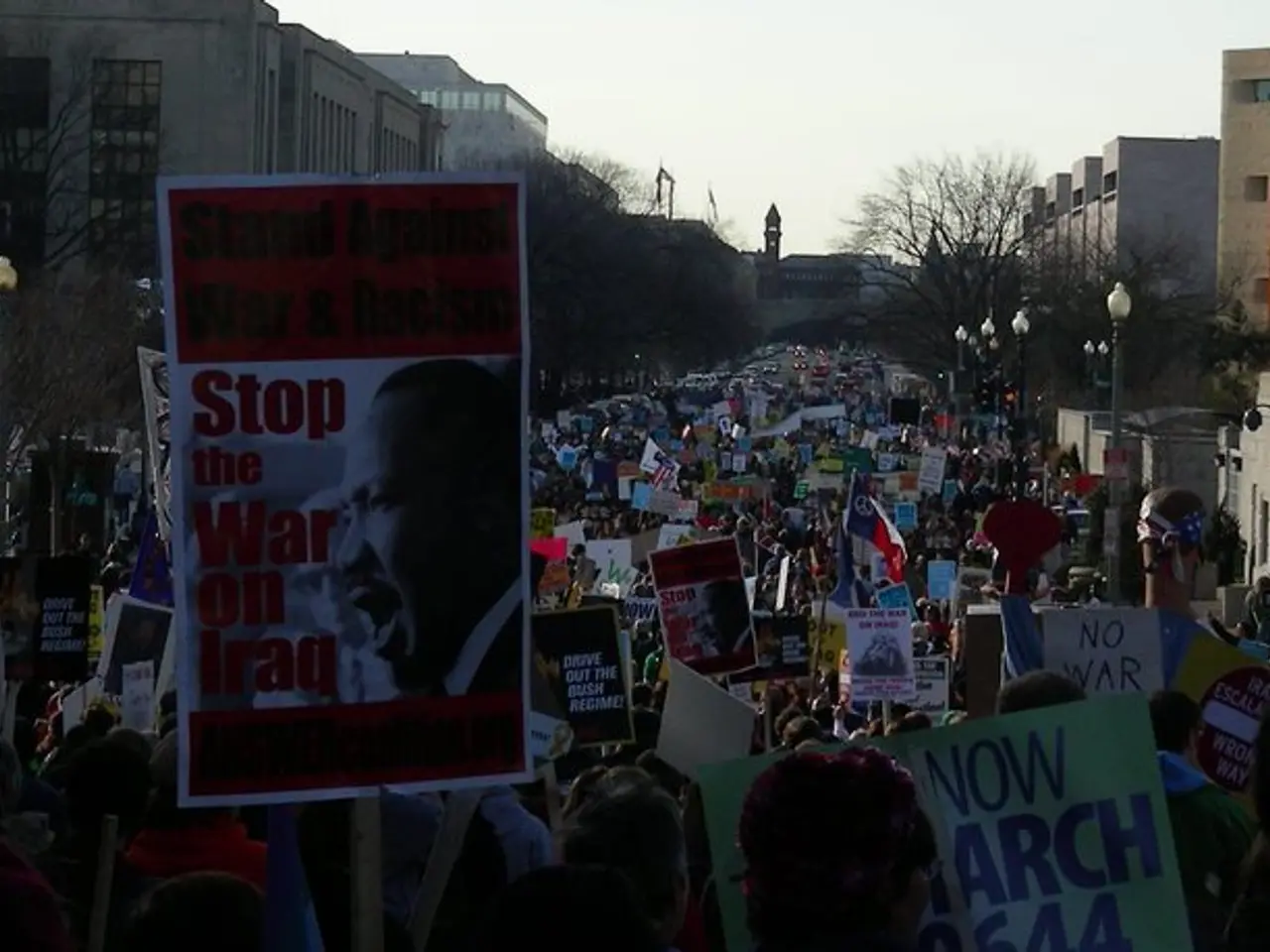Regulation Implementation Acts will be enacted, outlining the procedures for the Execution of this Legislation.
Every voice matters in the conversation about safe traffic infrastructure, and a recent initiative in our city is encouraging citizens to participate in improving traffic safety in their neighborhoods.
The city administration or local government responsible for urban planning and traffic safety has launched an initiative to improve safe traffic areas for children. The action concept includes organising a painting action to encourage discussion about missing safe crossings.
The urgency is clear, as politics recognises the need for action on pedestrian safety, especially for children, who are identified as the group that needs the most protection in traffic. This initiative is a direct call to action for all citizens to make their voices heard about the need for safe traffic infrastructure.
The painting action serves as a way for individuals to express their concerns and to send a signal about the need for safe crossings. Participants include parents, schools, and residents, who are all united in their desire to make our city a safer place for children.
The initiative states that there is a lack of safe traffic routes for children in the city, and it advocates for a fair distribution of safe traffic space as an important aspect of a socially and climate-friendly city. Climate and environmental protection are cited as reasons for rethinking urban traffic infrastructure, with the initiative urging action to rethink streets for climate and environmental protection, prioritising safe paths, pedestrian crossings, and a climate-friendly distribution of road space.
The initiative has been active in various parts of the city, including Kyffhäuser Straße, Nützenberger Straße, Opphofer Straße, Marienstraße, Distelbeck, Reichsgrafenstraße, Küllenhahn, Else-Lasker-Schüler Comprehensive School, and Helmholtzstraße Realschule.
However, in daily life, there is often a gap between fine statements and actions, as shown by the rejection of a pilot project for pedestrian crossings at Küllenhahner Straße. Despite this setback, the initiative continues to advocate for safe traffic infrastructure as a means of improving urban life.
The mayoral candidates recently emphasised at a podium discussion that safety for pedestrians, especially children, must be the top priority. The discussion on pedestrian safety was organised by ADFC and 'Changing Cities'.
Reports of missing safe crossings can be made directly to the city administration, schools, or the resistance collective. The initiative suggests that safe traffic infrastructure allows children to go to school independently, reducing the need for "parent taxis".
In conclusion, the safe traffic infrastructure initiative is a valuable effort to make our city a safer and more sustainable place for children. It encourages active participation from citizens and emphasises the importance of prioritising pedestrian safety in urban planning and traffic management.
Read also:
- Peptide YY (PYY): Exploring its Role in Appetite Suppression, Intestinal Health, and Cognitive Links
- Toddler Health: Rotavirus Signs, Origins, and Potential Complications
- Digestive issues and heart discomfort: Root causes and associated health conditions
- House Infernos: Deadly Hazards Surpassing the Flames




